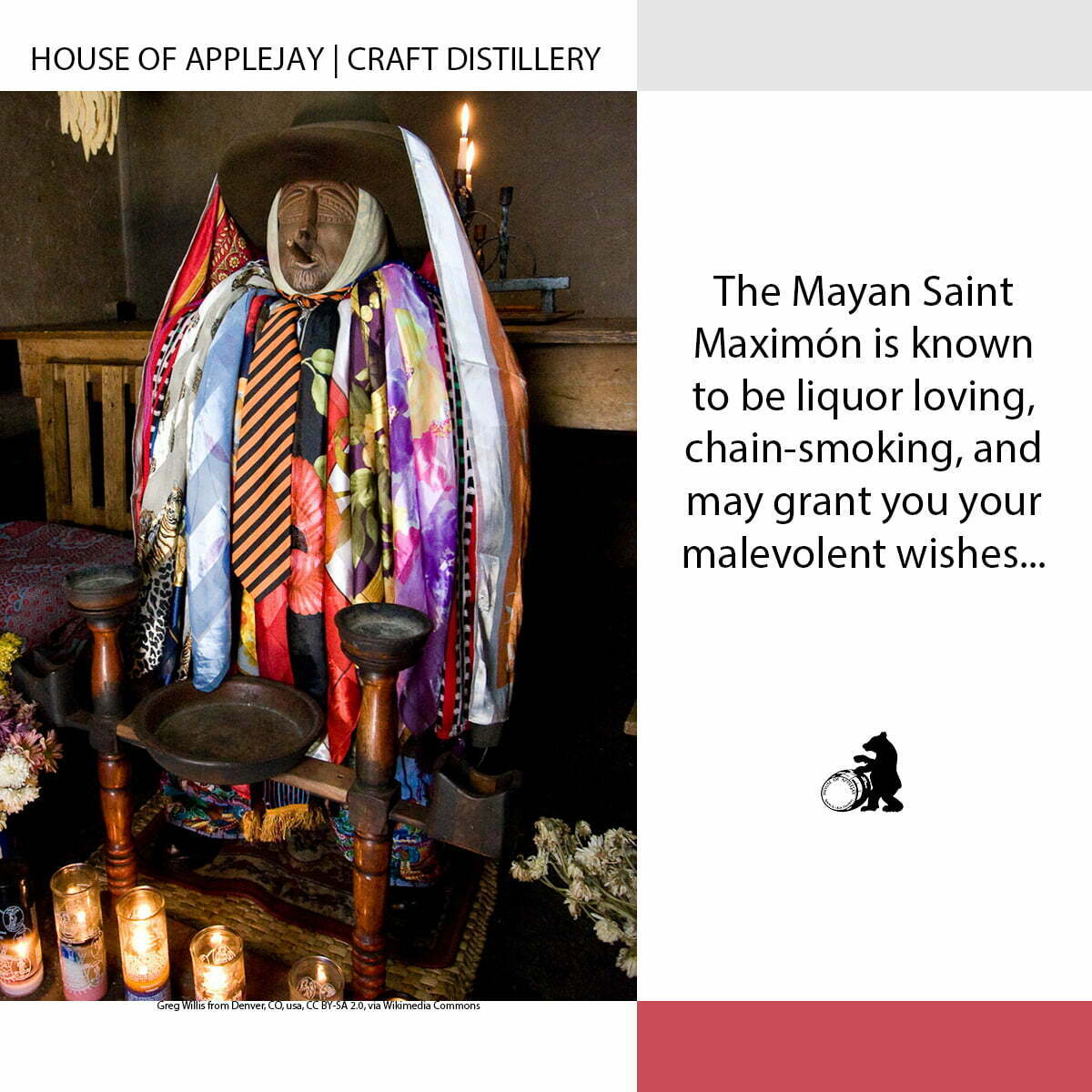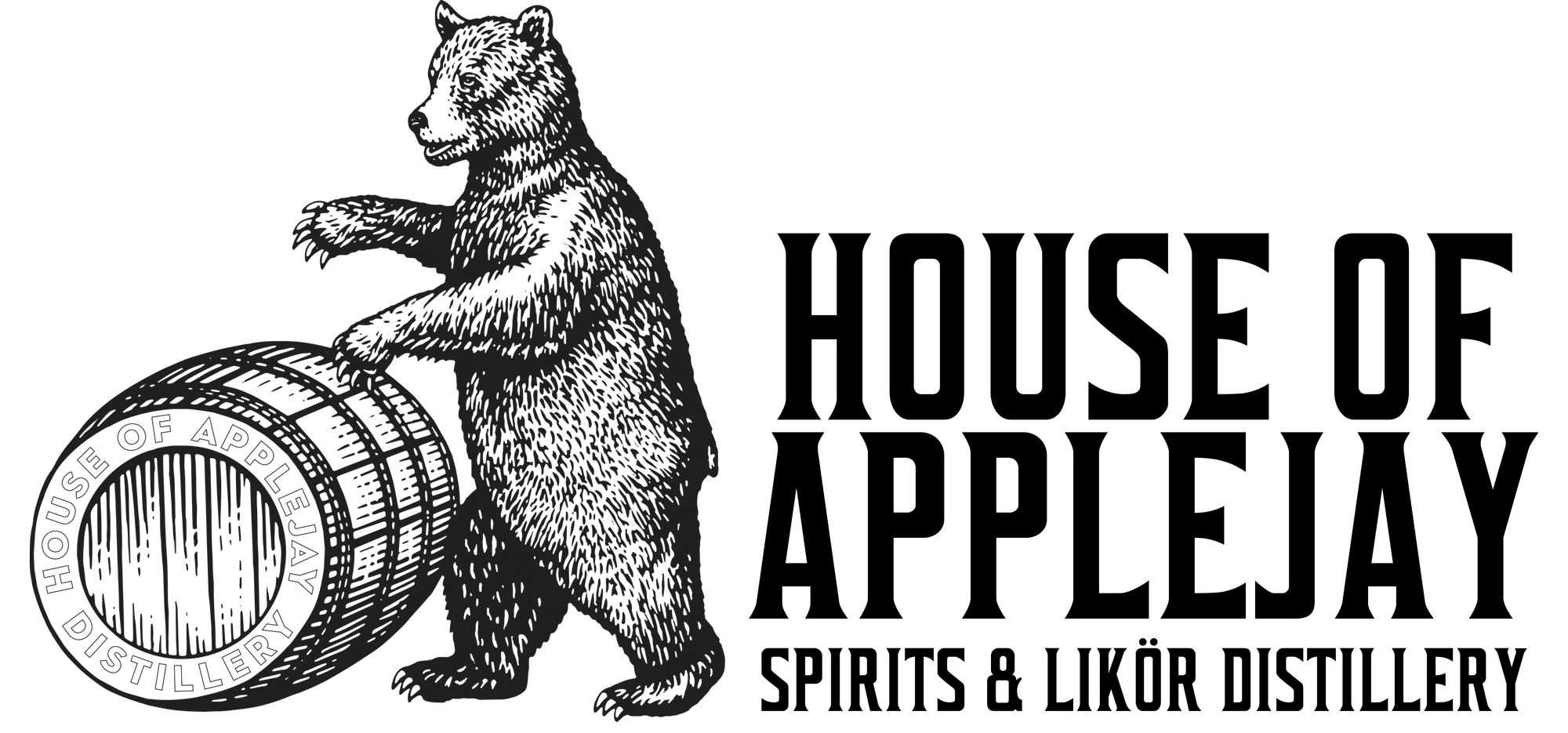Maximón, the Liquor-Drinking Saint
Maximón or San Simón is a folk saint in the highlands of Guatemala who is said to have both positive (healing and protective) and negative (ominous and cursing) powers. Maximón is worshiped in the Maya Culture across tribes in about 20 towns in the Guatemalan mountains around lake Atitlán.
The folk saint dates back to the 19th century and has its origins in indigenous Maya and Spanish Catholic beliefs, and therefore is difficult to classify. He is a syncretic saint because he bears traits of the Maya deity Maam and combines them with biblical (Simon Magus, Judas Iscariot) and colonial (Pedro de Alvarado) Christian elements.
According to legend, the Atitlán villages fishermen traveled frequently for trade and asked Maximón to protect the virtue of the wives they left behind. This wish backfired as Maximón is said to have disguised himself as a loved one and seduced the fishermen’s wives himself.
Maximón is worshiped in a ceremonial house specially reserved for him that changes annually. He is represented by a wooden statue that is dressed and decorated, and seated on a chair. He is under the care of a brotherhood (cofradia) who sits with the saint every day. Alcohol and cigars play a large part in worshipping the saint – he accepts alcohol and cigars as offerings, and sometimes the brotherhood tilts the chair back and pours a few drops of liquor into the statue; the cigars and cigarettes are partly smoked by the men of the brotherhood and then put smoldering in the corner of his mouth. Like Maximón, these caretakers often partake in some whiskey drinking and cigar and cigarette smoking. Throughout Guatemala bars and restaurants display effigies of the popular Maximón.

Maximón or San Simón is a folk saint in the highlands of Guatemala who is said to have both positive (healing and protective) and negative (ominous and cursing) powers. Maximón is worshiped in the Maya Culture across tribes in about 20 towns in the Guatemalan mountains around lake Atitlán.
The folk saint dates back to the 19th century and has its origins in indigenous Maya and Spanish Catholic beliefs, and therefore is difficult to classify. He is a syncretic saint because he bears traits of the Maya deity Maam and combines them with biblical (Simon Magus, Judas Iscariot) and colonial (Pedro de Alvarado) Christian elements.
According to legend, the Atitlán villages fishermen traveled frequently for trade and asked Maximón to protect the virtue of the wives they left behind. This wish backfired as Maximón is said to have disguised himself as a loved one and seduced the fishermen’s wives himself.
Maximón is worshiped in a ceremonial house specially reserved for him that changes annually. He is represented by a wooden statue that is dressed and decorated, and seated on a chair. He is under the care of a brotherhood (cofradia) who sits with the saint every day. Alcohol and cigars play a large part in worshipping the saint – he accepts alcohol and cigars as offerings, and sometimes the brotherhood tilts the chair back and pours a few drops of liquor into the statue; the cigars and cigarettes are partly smoked by the men of the brotherhood and then put smoldering in the corner of his mouth. Like Maximón, these caretakers often partake in some whiskey drinking and cigar and cigarette smoking. Throughout Guatemala bars and restaurants display effigies of the popular Maximón.

0 Comments